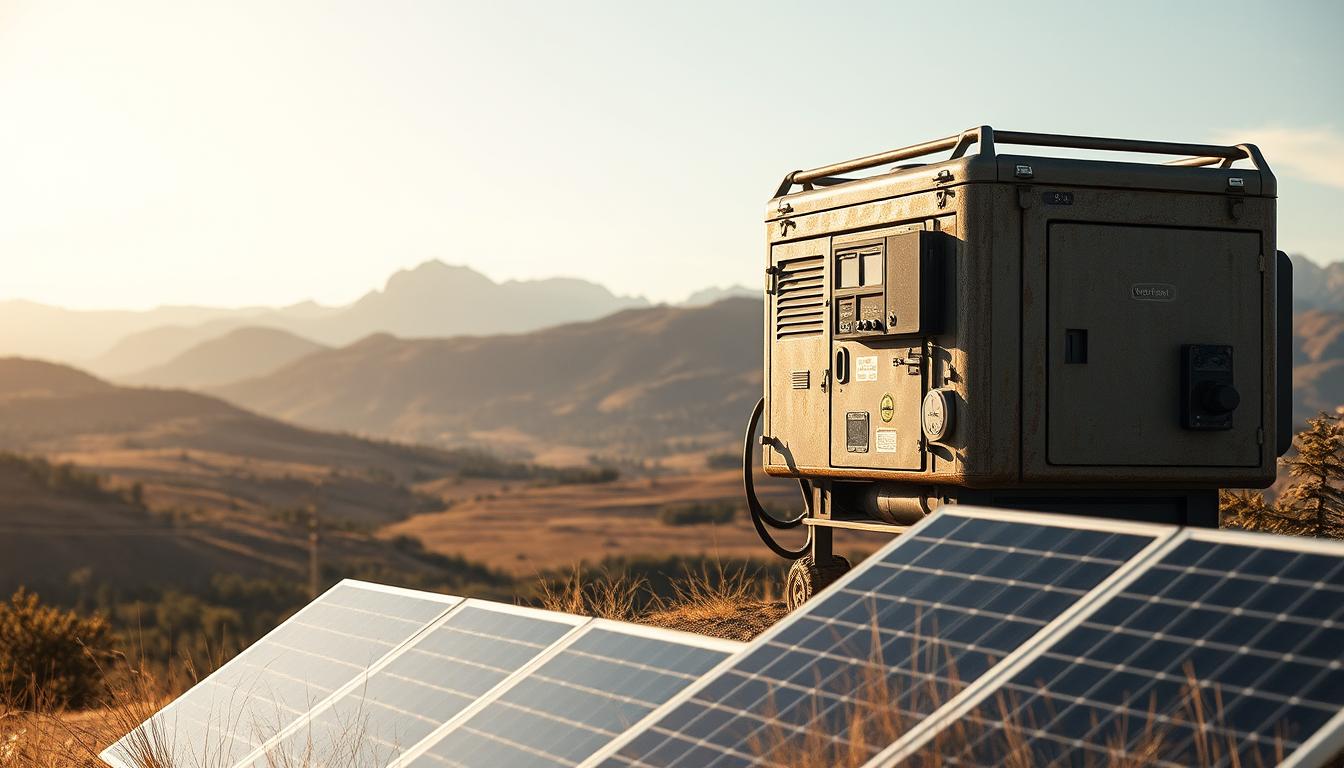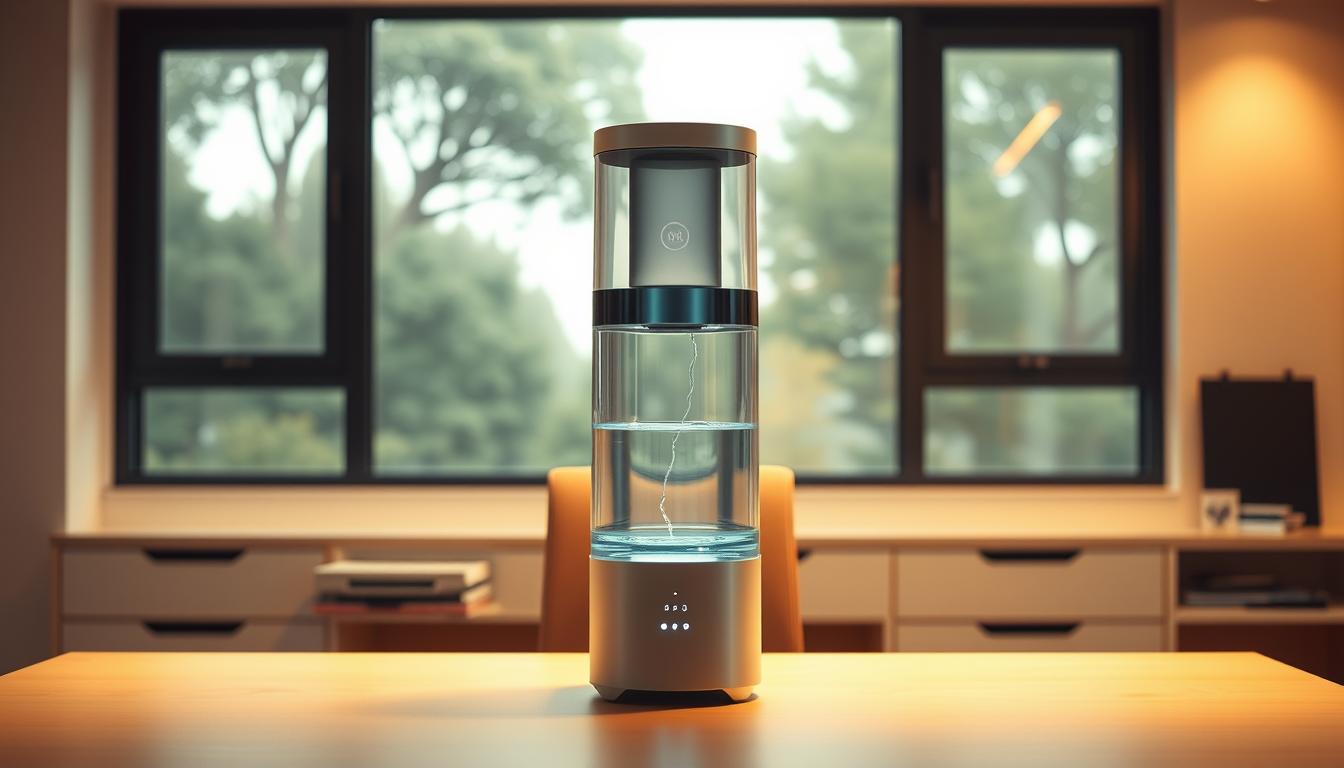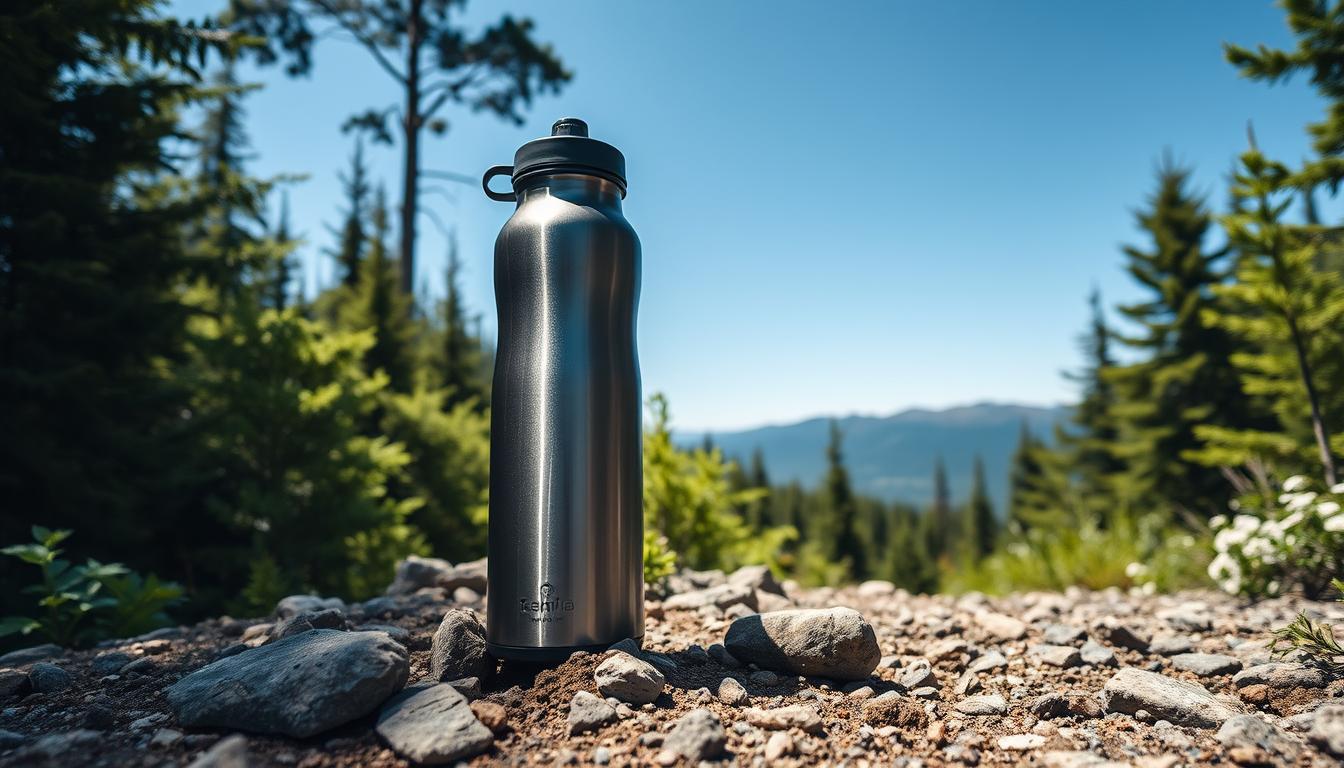Have you ever wondered why milk curdles in a thermos flask?
Milk curdling is caused by the heat from the hot water used to heat the milk.
This causes the proteins in the milk to denature or unfold and form clumps.
These clumps cause the milk to separate into two layers – a layer of fat at the top and a layer of protein below.
In this blog post, I’m going to explain you how to prevent milk curdling in a thermos flask.
What Is Curdling and Why Does Milk Curdle In The First Place?
Curdling is the process where milk separates into curds and whey. It happens because of the different densities of the two components. Whey is lighter than the curd, hence it floats to the top while the curd sinks to the bottom. This separation is usually done manually but nowadays we have machines that do it automatically. Why does milk curdle in thermos flasks? There are many reasons why milk curdles in thermos flasks. One of the main reasons is that the thermos flask is not designed to hold hot liquids. Hot liquids tend to separate from cold liquids. So if you put milk in a thermos flask, it will curdle because the temperature difference between the milk and the thermos flask is too big.
Why Does Milk Curdle In My Thermos?
If you notice that your milk curdles in your thermos, it could mean that the thermos flask was not properly cleaned. Make sure that the thermos flask has been thoroughly washed and dried after each use. Also, make sure that the thermos is completely dry before storing it away. What Causes Milk To Curdle? Answer: The main reason why milk curdles is because of the temperature differences between the milk and the container. If the temperature of the milk is higher than the temperature of the thermos, the milk will curdle.
Is It Safe To Drink Curdled Milk in a Thermos Flask?
Yes, it is safe to drink curdled milk in a thermos flask. However, if the thermos flask is not clean, it can affect the taste of the milk. So, it is recommended that you always wash the thermos flask after every use.
How To Stop Milk Curdling In Your Thermos Flask?
If you are using a thermos flask for keeping milk, it is important to know how to stop milk from curdling in your thermos flask. There are many reasons why milk curdles in your thermos flask, but the main reason is because of the presence of air in the thermos flask. Air is present in the thermos flask because of the opening and closing of the thermos flask. This is why you need to avoid opening and closing the thermos flask frequently. To prevent milk from curdling, you need to ensure that there is no air in the thermos bottle. You can achieve this by ensuring that the thermos flask is completely filled with milk. Once the thermos flask is full, you can start heating the thermos flask. After heating the thermos flask, you need to wait until the thermos flask cools down. Then, you can open the thermos flask and enjoy the delicious hot milk.
Use Fresher Milk
You can prevent milk from curdeling if you use fresher milk. Fresh milk contains more nutrients and vitamins than old milk. It is always better to buy fresh milk instead of buying old milk. Keep the Milk Cold Another way to prevent milk from curdelling is to keep the milk cold. You can keep the milk cold by placing the thermos flask in the refrigerator. Make sure that the thermos flask remains in the refrigerator for at least 30 minutes after heating. This will help the milk to stay cold.
Use Water That Isn’t As Hot
If you want to avoid curdling milk, you should use water that isn’t as hot as the milk. For instance, if you’re using whole milk, you should use lukewarm water. Add Sugar Sugar helps to prevent milk from curding. Add sugar to the milk while heating. Avoid Overheating Overheating can cause milk to curdle. To avoid overheating, you should not heat the milk above 180 degrees Fahrenheit 82 degrees Celsius.
Try a Different Brand
You can try other brands of milk powder. It’s possible that the brand you bought was contaminated. Use Cold Milk Cold milk doesn’t curdle easily. You can put cold milk into warm water to get rid of any bacteria.
Pre-Heat The Milk
If you preheat the milk, it will not curdle. To preheat the milk, place the milk in a saucepan and bring it to a boil. Turn off the heat and let the milk sit until it cools down. Curdling Milk Milk curdles when the protein casein in the milk separates from the fat. This happens because the proteins become insoluble when heated.
Don’t Leave It As Long
To avoid curdling milk, heat it quickly. Heat milk slowly and it will curdle.
Use a Tiny Bit of Baking Soda
Baking soda is used to help neutralize acidity in baking recipes. It’s added to recipes to prevent the formation of lumps in baked goods. This helps ensure a smooth texture. Add Lemon Juice to Your Milk
[su_youtube_advanced url = "https://www.youtube.com/watch?v=YOl3GytCdsw" controls = "no" rel = "no" fs = "no" modestbranding = "yes"]
Can you store milk in stainless steel?
Curdling happens when the proteins in milk clump together and form a solid mass. This occurs because the proteins in milk are not completely separated from each other. As a result, the protein molecules attract each other and form a solid mass called curds. Milk contains two types of proteins: casein and whey. Caseins are responsible for the white color of milk while whey gives milk its characteristic flavor. Curdling is caused by the presence of calcium ions in milk. Calcium ions bind to the proteins in milk and prevent them from separating into individual molecules. To avoid curdling, remove any air pockets from the milk before heating it. Also, stir the milk frequently during heating.
Can milk be kept in a thermos flask?
Yes, you can put thermos flask in the refrigerator. But if you want to store hot drinks in the refrigerator, you should not fill the thermos flask completely. It is better to leave about 1/4th of the thermos empty. This way the drink will remain cool even after being stored in the refrigerator.
How do you store a thermos flask?
Milk flasks are used to store milk. It is used to transport milk from one place to another. Milk flasks are available in different sizes. The most common sizes are 1 liter, 2 liters, 5 liters and 10 liters. A milk flask is usually made of stainless steel. The material used to manufacture the flask is chosen depending upon the quality required. Flasks are available in various colors such as white, blue, red, green, black, yellow, orange, pink, purple etc.
Why does my milk curdle when I heat it?
If you heat milk, it will curdle because the proteins in the milk begin to denature unfold and coagulate clump together. This happens when the protein molecules get heated above 100 degrees Fahrenheit. Milk contains casein, a type of protein that forms clumps when heated. To prevent this from happening, you can either let the milk cool down or pasteurize it. Pasteurized milk won’t curdle when heated.
Which flask is best for milk?
Thermos flasks are great for keeping hot drinks warm while traveling. They are easy to carry around and can be used anywhere. A thermos flask is a useful tool for anyone who enjoys drinking coffee or tea on the go. It keeps beverages hot for hours and is perfect for camping trips or picnics. Thermos flasks are available in many different sizes and designs. They come in various colors and materials such as stainless steel, aluminum, plastic, glass, and even wood.
Can you put thermos flask in fridge?
Yes, but not for long periods of time. Milk has a very short shelf life. It needs to be refrigerated after opening. A thermos flask keeps milk cold for about 12 hours. After that, the milk will begin to spoil.
Why does my milk keep curdling?
Yes, but not for long periods of time. Milk contains bacteria that can spoil if left unrefrigerated for a prolonged period of time. It is recommended that you refrigerate milk after opening. Refrigeration is the only way to ensure that milk remains safe for consumption.











